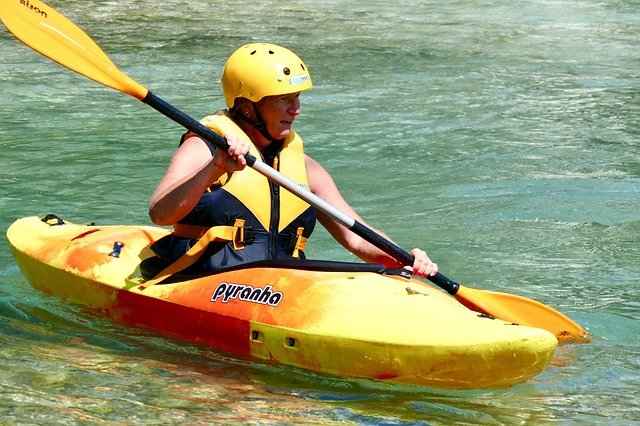Spending time at a ‘blue gym’ is healthier than doing aerobics in a bland studio. Kayaking is really a superb activity. Here, we will work out, ” Is Kayaking good exercise?” Let’s move on.
Well, were you aware of the fact that other than swimming, you can exercise, while out in the water? In case you are not, then this post is for you!
Kayaking is one of the fast-paced water activities you can enjoy these summers. It involves paddling in a kayak and is considered as an exercise because it requires immense upper body strength.
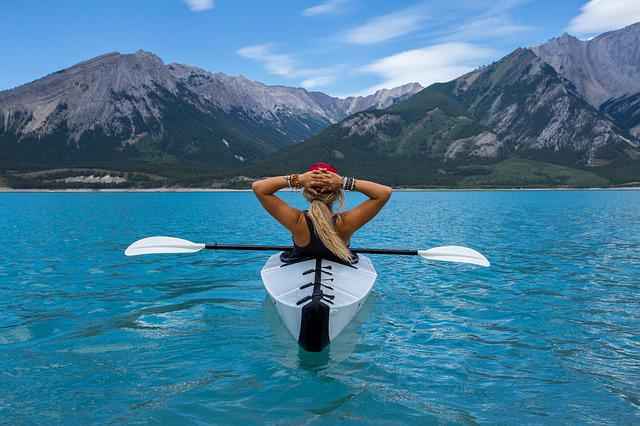
If thoughts of working out don’t appeal to you, think of experiencing marine life and nature. You’ll absolutely love kayaking in every way, I guarantee it.
However, the intriguing question, ‘Is Kayaking a good form of exercise?’ might keep you interested in checking out the whole post.
What Is Actually A Kayaking workout?
Kayaking is a workout that tones your muscles in the shoulder and arms and provides strength from within. It involves paddling a small boat through the water.
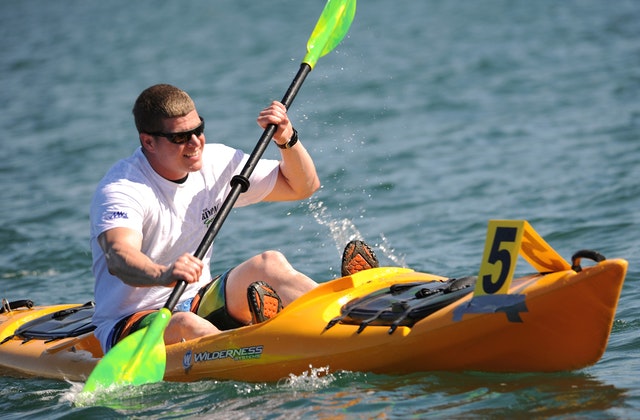
Most people consider this as a sports activity on holidays. This is the sole reason Kayaking’s popularity is rising. Also, people enjoy their time paddling for a few hours or an entire day with their friends without realizing that they are additionally going into a workout.
Is Kayaking A Good Exercise?
Kayaking is a good workout. Shedding extra pounds is possible in this, rather than in hitting a single gym session.
does kayaking burn calories? Yes, It burns more calories than everyday exercise. 400 calories can be joyfully burnt if performed for an hour and up to 1200 calories for three hours.
Is Kayaking A Good Cardio Exercise?
Kayaking regulates your blood pressure and cholesterol levels by increasing your heart rate. So yes, kayaking is a cardio workout, and when your heart rate rises, it burns fat and calories, making your heart stronger.
Once You know Kayaking Is A Good Exercise, How To Choose The Level Of Intensity?
It depends on you, whether you want to move slowly in a calm lake or paddle rapidly. Choose a slower ride if you’re new to cycling or don’t want intense exercise.
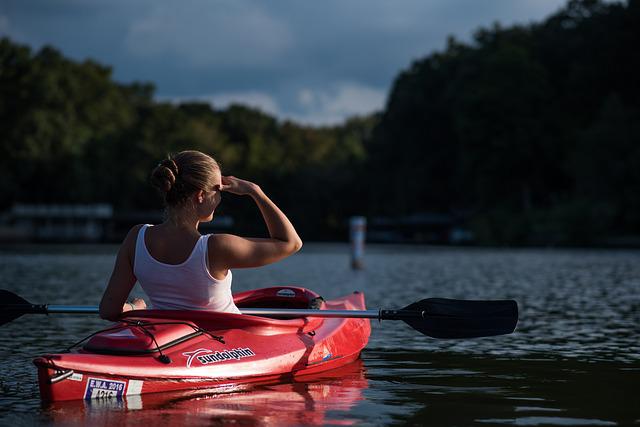
Only 150 minutes of moderate kayaking can help you burn a lot of calories and keep you fit.
Nevertheless, if you want a heart-pumping workout, then you have to try harder by moving at a fast pace for at least 30 seconds and then, take a quick rest. Repeat this for an hour.
Is Kayaking Good Exercise? What Muscles Does Kayaking Work?
The primary muscles used in this workout are the muscles of your shoulder, arms, hand, chest, abdomen, and heart.
● Lower Back Muscles (Lats, Rhomboids, Trapezius)
Lats is short for latissimus dorsi muscles. They join arms to the vertebral column and function for support and movement.
As you row through the water, you use your lats. With each stroke. Lats are laboriously warmed up with each stroke.
● The Shoulders (Deltoids)
The impact on the shoulders is direct because Kayaking involves rotational movement for proper paddling. The paddle blade, in the beginning, is kept in a horizontal position, then is stroked.
● Upper Arm Muscles (Biceps, Triceps)
While you row, you move your arms to propel the kayak forward or backward, this movement involves your biceps and triceps muscles.
● Chest Muscles
Chest muscles in front are used, as the paddle is brought forward by the arm while pulling the other end backward which is a good cardiovascular workout.
● Core Muscles (Abdominal, Obliques)
The abdomen and obliques also play a vital role in Kayaking.
They connect the upper and lower body parts and their function during Kayaking is to aid in a side-to-side motion.
● Leg Muscles And Hips
Given that kayaking is done while seated, you might be asking why your legs and hips are involved?
Well, hips and legs play a key role in paddling; they provide you with balance while you make a stroke each time. In a kayak, be sure to maintain solid legs firmly.
● Heart
Being a cardio exercise, Kayaking works on heart muscles, as well. Every hour of Kayaking burns a considerable number of calories.
Strength Training For Kayaking To See If Kayaking Is A Good Exercise
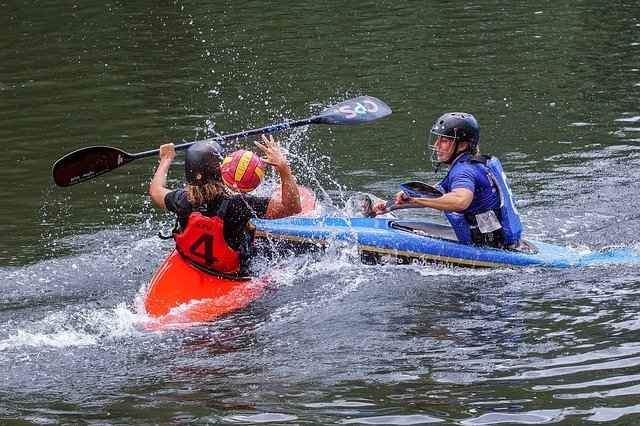
Many people don’t go to gyms so they don’t have enough strength. But, paddlers must do strength training, it will help them during kayaking.
To increase your strength, as a beginner, the obvious step is to paddle more.
Besides, there are many other paddling exercises that will help you create more stamina. Some of them include:
- Pushups
- Single Arm Bent Over Row
- Conventional Deadlift
- Flat Bench Dumbbell Chest Press
- Resistance Band Lat Pull-down
Benefits Prove That kayaking Is A Good Exercise
Being old or young doesn’t matter, you can still choose to have fun and remain fit at the same time because Kayaking provides you with numerous benefits.
Also read: Around The World Exercise To Keep You Super Fit
1. Kayaking, The Best Form Of Cardio
It helps in cardio and building muscles. Cardio is important for healthy heart functioning. It can be boring for people to repeat the same steps again. However, this is not the case with Kayaking because it is a fun-filled activity and will keep you going.
2. Making Lats Stronger
Lats work more effectively if you row faster. As arms are stretched and contracted alternatively, this will make your lat muscles more powerful.
3. Getting Firm Abs
Normally getting six-pack abs is impossible in a brief amount of time, but you can achieve it, by Kayaking. This is because those torso rotations are very demanding to your core muscles.
4. Stronger Arms
If you are a man, you can flex those amazing, strong, and bulky arms because Kayaking will help you build them.
5. Kayaking Body Transformation
You can burn up to 1200 calories if you invest 3 hours in this activity. And anyone dedicated to achieving their goal can completely transform their bodies within no time.
Conclusion
Keep in mind that you must work toward having a flawless, healthy body. Moreover, to go closer to your fitness objectives, find any activity that interests and inspires you. Kayaking is the perfect option for anyone looking to get in shape this summertime as staying sedentary might result in more complications than you can ever think.
Feature Image: Pixabay
